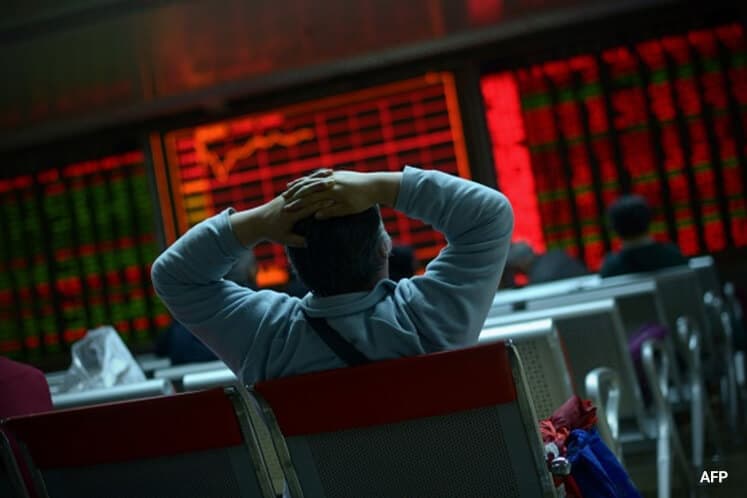
TUESDAY’s sell-off in stocks was wonderfully brief, reinforcing two hypotheses that have served investors well for several years now: that markets are extremely resilient and that any notable market dip should be treated as a buying opportunity.
But this should not distract from the information contained in the list of suspects that analysts put forward to explain the first 1% loss in the S&P 500 Index in more than 100 days.
For some, the most likely suspect for Tuesday’s sell-off was the Republican Party’s failure to unite quickly behind the healthcare bill proposed by House Speaker Paul Ryan and backed by US President Donald Trump. They saw this as an indication of the difficulties the president would subsequently face in getting his pro-growth agenda through Congress, including tax cuts.
Others blamed the White House for the decision to start its congressional campaign with the healthcare overhaul in the first place, given its inherent complexity and controversial history. These analysts argued that tax reform would have faced an easier ride, building momentum for what followed. Now, divisions over healthcare, even if resolved at the last moment, could bode badly for what next goes to Congress.
There were some who extended their political reasoning to include the uncertainty over the remaining elections in Europe, especially in light of the influence of anti-establishment movements. Britain’s specification of a date for triggering Article 50, beginning negotiations over its exit from the European Union, provided further support for this view.
Yet another explanation saw the sell-off as a delayed response to the US Federal Reserve’s interest-rate increase. Combined with the solid prospect for two more hikes, this was read as a sign that the central bank is less willing and less able to continue to support asset prices.
A fifth group noted that some type of stock correction was long overdue. After all, measures of both actual and implied volatility have been extremely low, with markets having seen until Tuesday virtually no day of meaningful retrenchment since October, an unusually long period.
A final investor perspective focused on the end of the Japanese fiscal year this month — an event that, according to this view, is enticing some portfolio risk shedding.
In reality, all of these factors could have played a role. But rather than dismiss them as irrelevant because the market sell-off has been contained so far, this list should serve as an important reminder that stocks have managed to overcome many headwinds as they continue to bet boldly on a surge in growth, earnings and repatriated capital.
As with Hercule Poirot in Agatha’s Christie’s Murder on the Orient Express, we have good reasons to believe that all the suspects on the list played a role. But the victim in this case has not been hurt, let alone gravely — at least as of now. — Bloomberg View
This column does not necessarily reflect the opinion of the editorial board or Bloomberg LP and its owners.